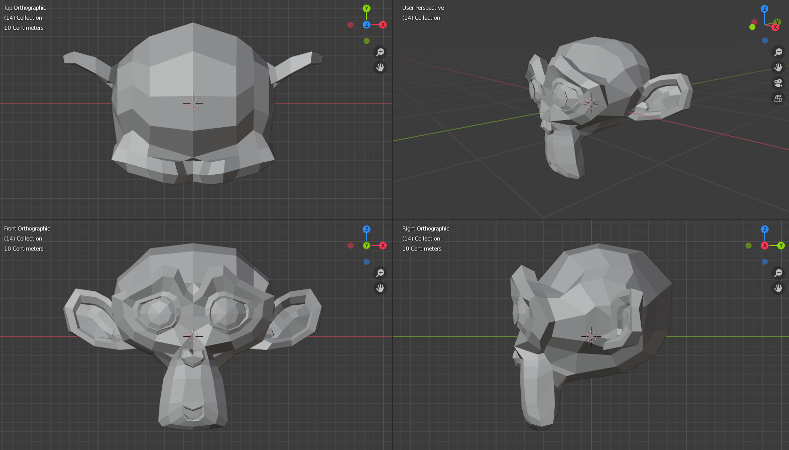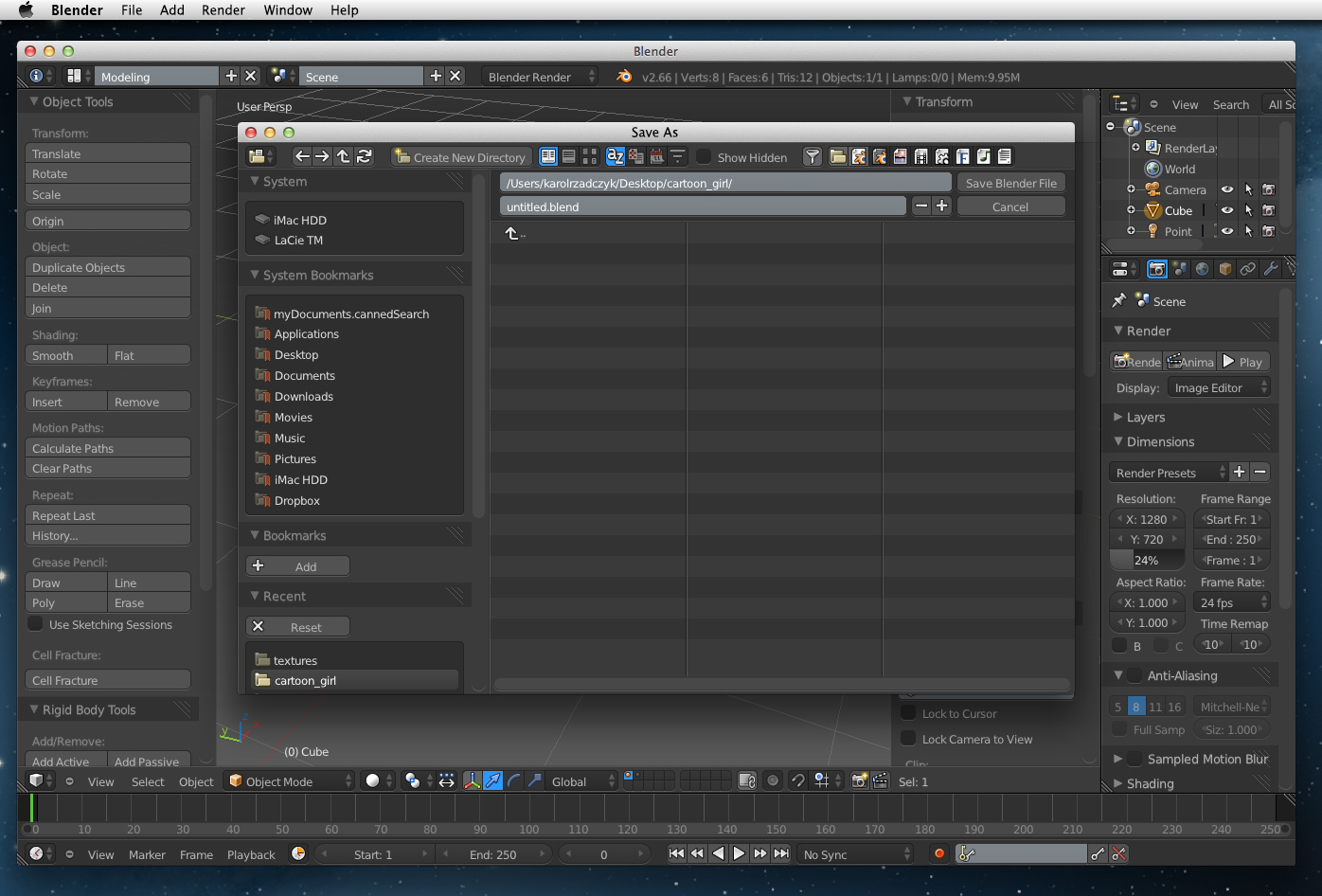Topic blender: Dive into the world of Blender, the premier open-source 3D creation suite, where endless creativity meets cutting-edge technology. Unleash your imagination like never before!
Table of Content
- What are the features and capabilities of Blender?
- Latest Blender Features and Updates
- Choosing the Right Blender for Your Needs
- Blender Software Tutorials and Learning Resources
- Understanding Blender\"s 3D Creation Tools
- Comparing Blender Versions: Which One Is for You?
- Community and Support: Getting Help with Blender
- YOUTUBE: Blender Tutorial for Complete Beginners - Part 1
- Advanced Techniques and Tips for Blender Users
- Blender in Professional Workflows
- Blender for Animation and VFX
- Future Developments and Roadmap of Blender
What are the features and capabilities of Blender?
Blender is a versatile 3D creation suite that offers a wide range of features and capabilities for various purposes. Here is a list of some of its key features:
- Modeling: Blender provides a comprehensive set of tools for creating and editing 3D models. It supports various modeling techniques such as polygonal modeling, sculpting, and more.
- Rigging: The software allows users to create armatures and rig their models, enabling realistic animation and movement.
- Animation: With Blender, you can animate objects, characters, and cameras using keyframes, curves, and various animation tools.
- Simulation: It includes simulation capabilities for physics-based effects such as cloth, smoke, fluid, and particle simulations.
- Rendering: Blender offers advanced rendering capabilities with various rendering engines, including Cycles and Eevee. It allows for realistic rendering of scenes, materials, and lighting.
- Camera and Object Tracking: Blender includes production-ready camera and object tracking features, which are valuable for VFX professionals and motion tracking tasks.
- Video Editing and Compositing: You can perform non-linear video editing within Blender, combining multiple clips, adding effects, and working with audio.
- Scripting and Automation: Blender provides a powerful Python API that allows users to automate tasks, create custom tools, and extend the functionality of the software.
- Import and Export: It supports a wide range of file formats, allowing you to import and export models, textures, animations, and more.
- Open Source and Community-driven: Blender is free and open source, making it accessible to everyone. It has a vibrant and active community that contributes to its development and provides support through forums, tutorials, and resources.
These are just some of the many features and capabilities of Blender. Its versatility and extensive toolset make it a popular choice for professionals and enthusiasts in the 3D industry.
READ MORE:
Latest Blender Features and Updates
Blender, the leading open-source 3D software, continuously evolves with updates that enhance its functionality and user experience. The latest version, Blender 4.0, introduces groundbreaking features and improvements, setting a new standard for 3D artists and developers alike.
- Enhanced Rendering Performance: Significant upgrades to the Cycles rendering engine offer faster and more realistic rendering capabilities.
- Revamped User Interface: A more intuitive and user-friendly interface, making navigation and operation smoother for both new and experienced users.
- Improved Sculpting Tools: Advanced sculpting tools and brushes have been added, providing artists with more control and precision over their 3D models.
- Geometry Nodes: Expanded functionality in Geometry Nodes allows for more complex and detailed procedural modeling and effects.
- Animation and Rigging Enhancements: New features and improvements in animation and rigging tools to create more fluid and realistic animations.
- Grease Pencil Updates: Enhanced Grease Pencil tools support more intricate 2D animation within the 3D environment.
- Virtual Reality Support: Integration of VR capabilities to view and interact with 3D scenes in a virtual space.
- Asset Browser and Library: An updated Asset Browser makes managing and accessing assets more efficient, with support for custom libraries.
These updates, along with numerous other improvements and bug fixes, reinforce Blender\"s position as a powerful tool for 3D creation. Whether for animation, modeling, rendering, or game development, Blender 4.0 offers tools and features to bring creative visions to life.

Choosing the Right Blender for Your Needs
Choosing the perfect blender is essential for meeting your culinary needs, whether you\"re a smoothie enthusiast, a home chef, or someone who loves experimenting with new recipes. Consider these factors to find your ideal kitchen companion.
- Blender Type: Decide between countertop, immersion, or personal blenders based on your space and what you plan to blend.
- Power and Speed: Look for a blender with enough power (measured in watts) to handle your typical recipes, and speed settings that offer versatility.
- Size and Capacity: Consider the size of the blender and its jar. Larger families or those who entertain often may need a bigger capacity.
- Material and Durability: Durable materials like glass or BPA-free plastic for the jar and stainless steel for blades ensure longevity.
- Ease of Cleaning: Easy-to-clean models save time and effort. Look for blenders with dishwasher-safe parts or self-cleaning functions.
- Price: Set a budget, but remember that investing in a higher-quality blender might save money in the long run.
- Features and Attachments: Additional features like preset programs, pulse option, and various attachments can enhance your blending experience.
- Brand and Warranty: Consider reputable brands and check the warranty to ensure your investment is protected.
By carefully considering these aspects, you can select a blender that not only meets your current needs but also serves you well into the future. Whether making smoothies, soups, or sauces, the right blender can make all the difference in your culinary adventures.
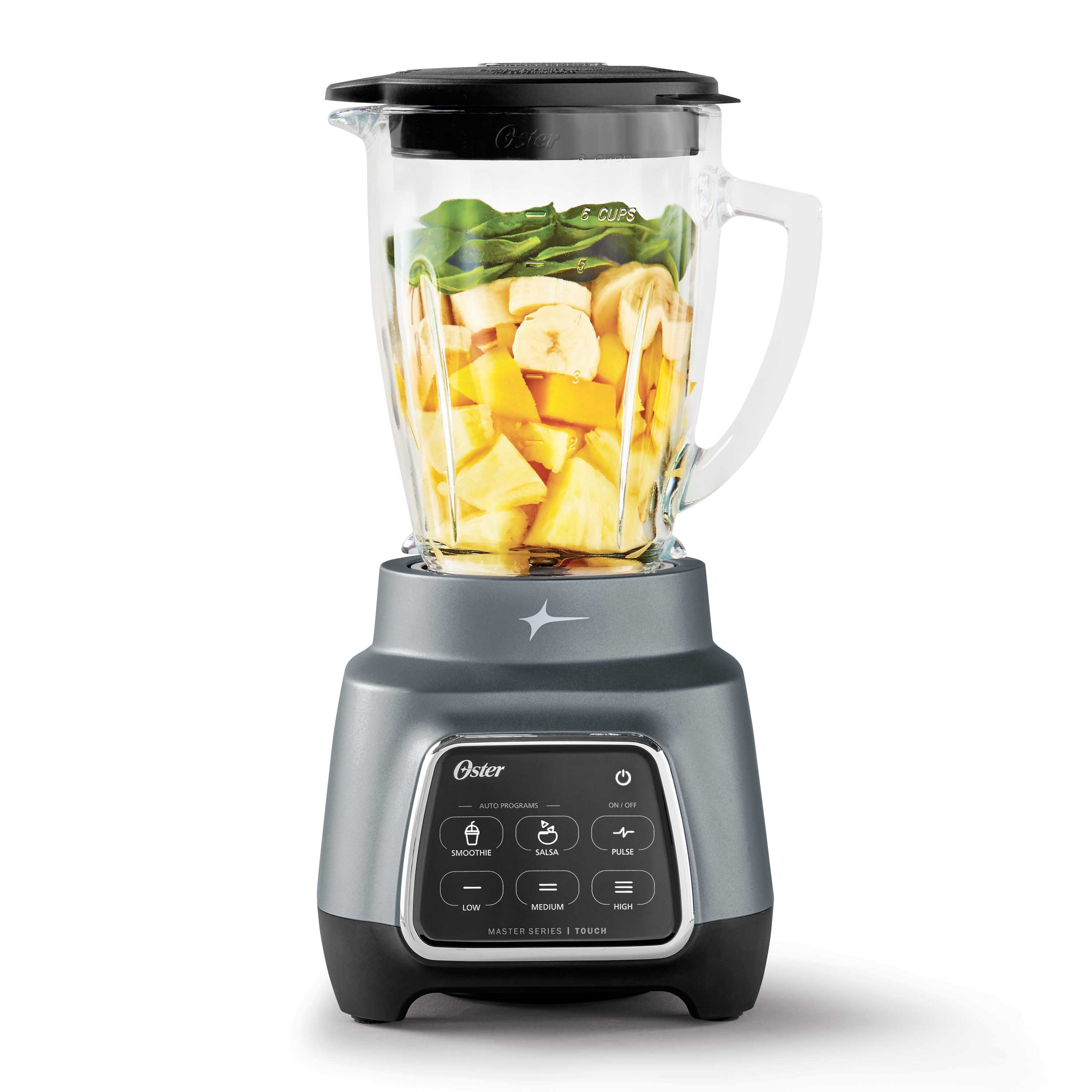
Blender Software Tutorials and Learning Resources
Embarking on your Blender journey opens up a universe of possibilities in 3D creation. Whether you\"re a beginner eager to dive into the basics or a seasoned artist looking to expand your skill set, there\"s a wealth of resources available to help you master Blender. Here are some of the best places to start:
- Official Blender Tutorials: The Blender Foundation offers comprehensive guides and tutorials for users of all levels on their official website.
- YouTube Channels: Numerous channels dedicated to Blender tutorials, from beginner to advanced techniques, including Blender Guru, CG Geek, and Ducky 3D.
- Online Courses: Platforms like Udemy, Coursera, and Skillshare feature detailed courses covering everything from the fundamentals to specialized uses of Blender.
- Blender Community Forums: Engage with other Blender users, ask questions, and share tips on forums like Blender Artists and the BlenderNation community.
- Books and E-books: Several in-depth books and e-books are available for those who prefer written instructions and tutorials.
- Workshops and Meetups: Participate in workshops or local meetups to learn from experienced Blender users and professionals in a hands-on environment.
These resources, combined with practice and experimentation, will equip you with the knowledge and skills to bring your 3D visions to life with Blender.
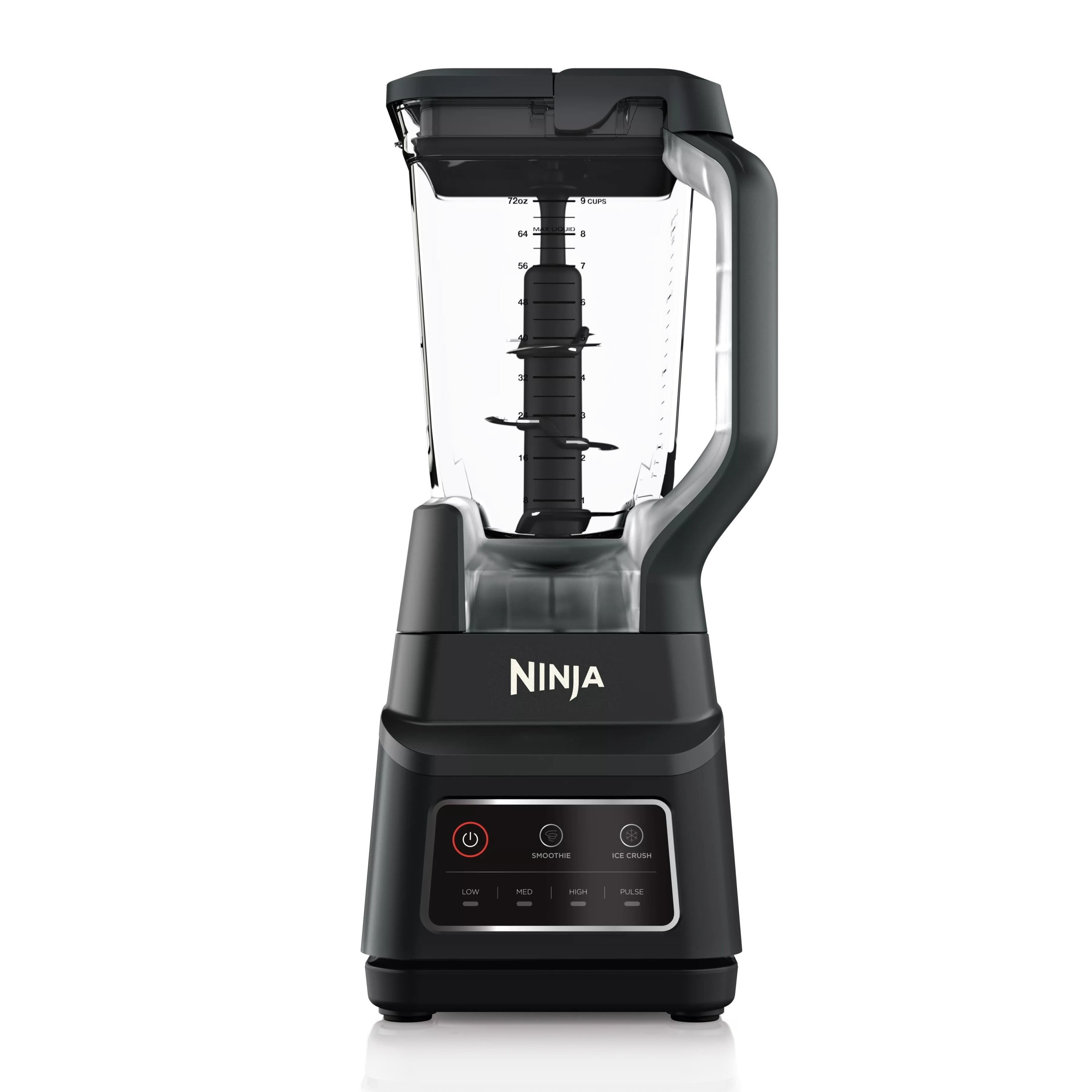
Understanding Blender\"s 3D Creation Tools
Blender is a powerhouse for 3D creation, offering a suite of tools that cater to various aspects of the 3D pipeline. From modeling and sculpting to animation and rendering, Blender equips artists with the capabilities to bring their visions to life. Here\"s a breakdown of its core 3D creation tools:
- Modeling: Blender\"s extensive modeling tools allow for the creation of complex 3D models, offering features like modifiers, mesh modeling, and NURBS.
- Sculpting: With a dynamic sculpting toolset, artists can shape and detail their models with high levels of precision.
- Texturing: Blender supports multiple methods for texturing, including UV unwrapping, procedural textures, and painting directly onto 3D models.
- Shading and Materials: The node-based material system enables the creation of complex materials that can simulate a wide range of surfaces and effects.
- Lighting: Blender offers robust lighting tools, including HDR lighting support and realistic shadow rendering, to enhance the mood and realism of scenes.
- Rendering: With support for Cycles and Eevee, Blender provides high-quality rendering solutions for both real-time preview and final production outputs.
- Animation: Blender\"s animation toolset includes everything from keyframe animation to more advanced character rigging and motion capture integration.
- Simulation: Physics simulations for cloth, fluid, smoke, and rigid bodies add realism and dynamics to scenes.
- Compositing and VFX: Blender\"s built-in compositor and VFX tools support complex post-processing operations, including green screen effects and color grading.
- Video Editing: A fully-featured video editor allows for the editing of video clips, adding effects, transitions, and soundtracks directly within Blender.
Understanding and mastering these tools can significantly enhance the quality and efficiency of your 3D projects. Whether you\"re working on visual effects, game development, or architectural visualization, Blender\"s comprehensive toolset provides the versatility needed to tackle any creative challenge.

_HOOK_
Comparing Blender Versions: Which One Is for You?
Blender\"s development is continuous, with each version bringing new features, improvements, and sometimes changes that might affect your workflow. Here’s a brief overview to help you decide which Blender version is best suited to your needs.
- Blender 2.7x Series: Known for its stability and the introduction of major features like the Cycles render engine. Ideal for those who prefer a more traditional Blender interface.
- Blender 2.8x Series: Marked a significant shift with a new interface, Eevee real-time render engine, and improved 3D viewport. Great for artists transitioning to Blender or those wanting a more modern workflow.
- Blender 2.9x Series: Introduced enhancements in sculpting, modeling, animation, and simulation. A solid choice for artists looking for advanced features without moving to the very latest version.
- Blender 3.x Series: Offers cutting-edge features, performance improvements, and a focus on realism and efficiency in rendering. Best for professionals and those needing the latest advancements for complex projects.
- LTS Versions: Long Term Support versions like 2.83 LTS and 3.3 LTS provide extended stability and support, making them ideal for production environments where consistency over time is crucial.
When choosing a Blender version, consider your project requirements, hardware compatibility, and the need for the latest features versus the stability of older versions. Whether you’re a hobbyist, a student, or a professional, there’s a Blender version that’s right for you.
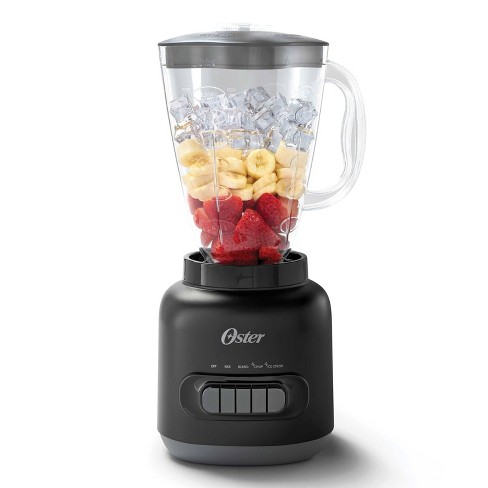
Community and Support: Getting Help with Blender
The Blender community is vast and incredibly supportive, offering a range of resources to help users of all skill levels. Whether you\"re facing a technical challenge, seeking feedback on your work, or looking to connect with fellow Blender enthusiasts, there\"s a support network ready to assist you. Here are some key resources:
- Official Blender Support: The Blender website offers FAQs, documentation, and forums where users can seek help from the development team and community.
- Blender Artists Community: An active online forum where users share their work, ask questions, and provide support to each other.
- Blender Stack Exchange: A Q&A site for Blender users to seek specific advice and solutions to problems.
- BlenderNation: Provides daily news, tutorials, art, and resources, acting as a hub for all things Blender.
- Online Tutorials and Courses: Websites like YouTube, Udemy, and Coursera offer extensive tutorials and courses for both beginners and advanced users.
- User Groups and Meetups: Local and online Blender user groups and meetups are great for connecting with others and learning in a collaborative environment.
- Social Media and Discord Channels: Many Blender communities exist on platforms like Facebook, Twitter, and dedicated Discord servers, offering real-time interaction and support.
Utilizing these resources can significantly enhance your Blender experience, providing you with the knowledge, skills, and community support needed to master the software.
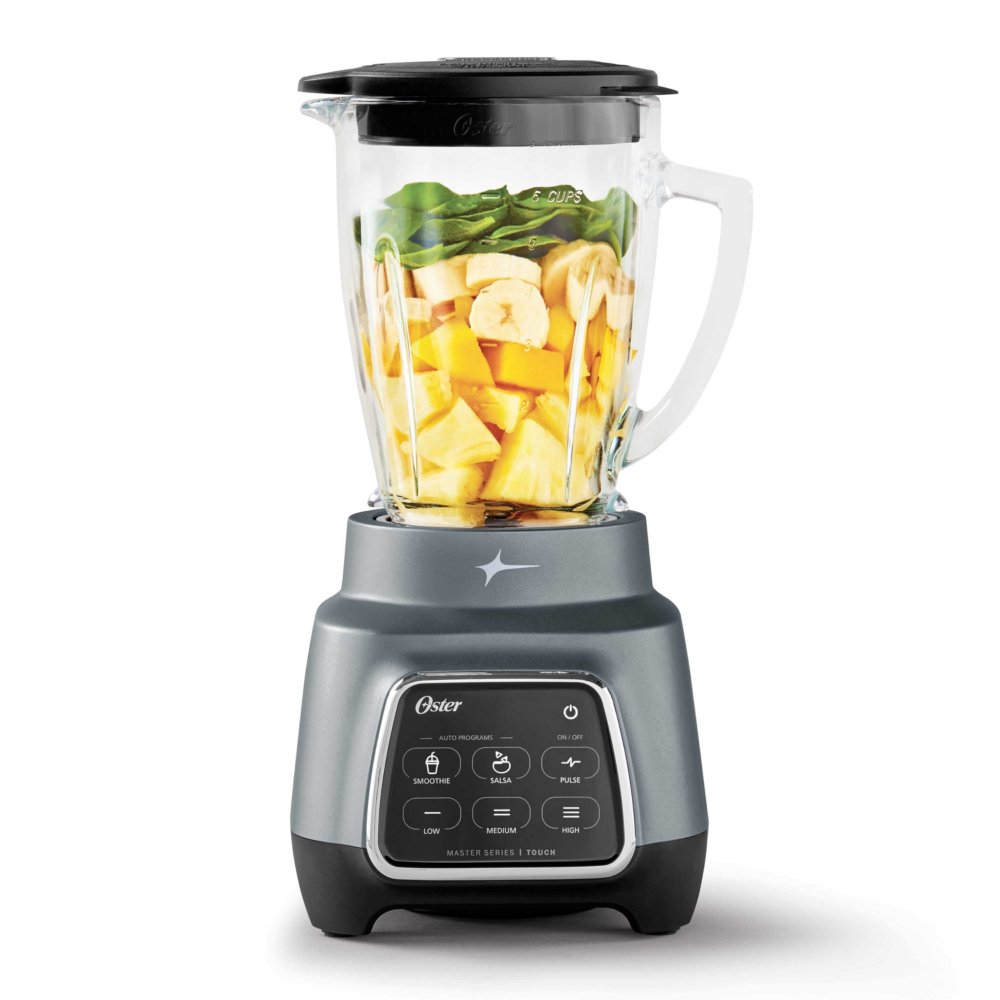
Blender Tutorial for Complete Beginners - Part 1
Beginners: If you\'re new to this topic and feeling overwhelmed, don\'t worry! This video is specifically designed for beginners like you. Through simple explanations and easy-to-follow examples, you\'ll be able to grasp the basics and build a strong foundation. Join us in this video and embark on your learning journey with confidence!
Blender Tutorial for Complete Beginners - Part 1
Beginners: If you\'re new to this topic and feeling overwhelmed, don\'t worry! This video is specifically designed for beginners like you. Through simple explanations and easy-to-follow examples, you\'ll be able to grasp the basics and build a strong foundation. Join us in this video and embark on your learning journey with confidence!
Advanced Techniques and Tips for Blender Users
Mastering Blender requires not just understanding the basics but also learning advanced techniques that can elevate your 3D projects to professional levels. Here are some advanced tips and techniques for Blender users looking to enhance their skills:
- Non-Destructive Modeling: Use modifiers like Boolean, Mirror, and Array to create complex models without permanently altering the base geometry.
- Node-Based Materials: Dive deep into the Shader Editor to create complex materials using nodes, blending textures, and shaders for realistic effects.
- Advanced Sculpting Techniques: Utilize dynamic topology, sculpt layers, and custom brushes to add intricate details to your models.
- Efficient UV Unwrapping: Master the art of UV unwrapping for complex models to ensure textures are accurately applied without stretching or distortion.
- Animation and Rigging: Explore advanced rigging techniques, including inverse kinematics and constraint-based rigging, to create more natural and complex animations.
- Physics and Simulations: Use Blender’s physics engine for realistic simulations of cloth, fluid, smoke, and rigid bodies, adjusting parameters to get the desired effect.
- Custom Scripts and Add-ons: Enhance Blender\"s functionality by writing custom Python scripts or using community-developed add-ons for specific tasks.
- Rendering Optimization: Learn to optimize your scenes for faster rendering times, using techniques such as baking, simplifying geometry, and adjusting render settings.
- Compositing for Visual Effects: Use Blender’s compositor to add post-processing effects, combine rendered layers, or integrate 3D elements with live-action footage.
- Virtual Reality and Real-time Rendering: Experiment with Blender’s VR capabilities and Eevee, the real-time render engine, for immersive experiences and rapid prototyping.
These advanced techniques can significantly improve the quality of your work, making your projects more efficient and your visuals more stunning. Continual learning and experimentation are key to mastering Blender and unleashing its full potential.

Blender in Professional Workflows
Blender\"s versatility and powerful features have made it a popular choice in professional workflows across various industries. From film and animation to game development and architectural visualization, Blender offers a comprehensive suite of tools that cater to creative professionals. Here\"s how Blender is being integrated into professional workflows:
- Animation and Film Production: Blender\"s animation tools and support for motion tracking and video editing make it ideal for creating animated films, visual effects, and motion graphics.
- Game Development: With its full 3D pipeline, Blender is used to create assets, environments, and animations for video games, supported by compatibility with major game engines.
- Architectural and Product Visualization: Professionals use Blender to produce high-quality visualizations of architectural projects and product designs, benefiting from its realistic rendering capabilities.
- Scientific Visualization: Researchers and scientists leverage Blender for visualizing complex scientific data, from molecular structures to astronomical phenomena.
- 3D Printing: Blender\"s modeling tools are suitable for creating 3D printable models, with features that allow for the correction of potential printing issues.
- Virtual Reality (VR): Blender supports VR previews and content creation, allowing professionals to create immersive experiences and simulations.
With its no-cost entry point, Blender lowers barriers for professionals to leverage 3D technology in their projects. Continuous updates and a vast community ensure Blender remains at the cutting edge of 3D creation, making it a valuable tool in any professional\"s digital toolkit.
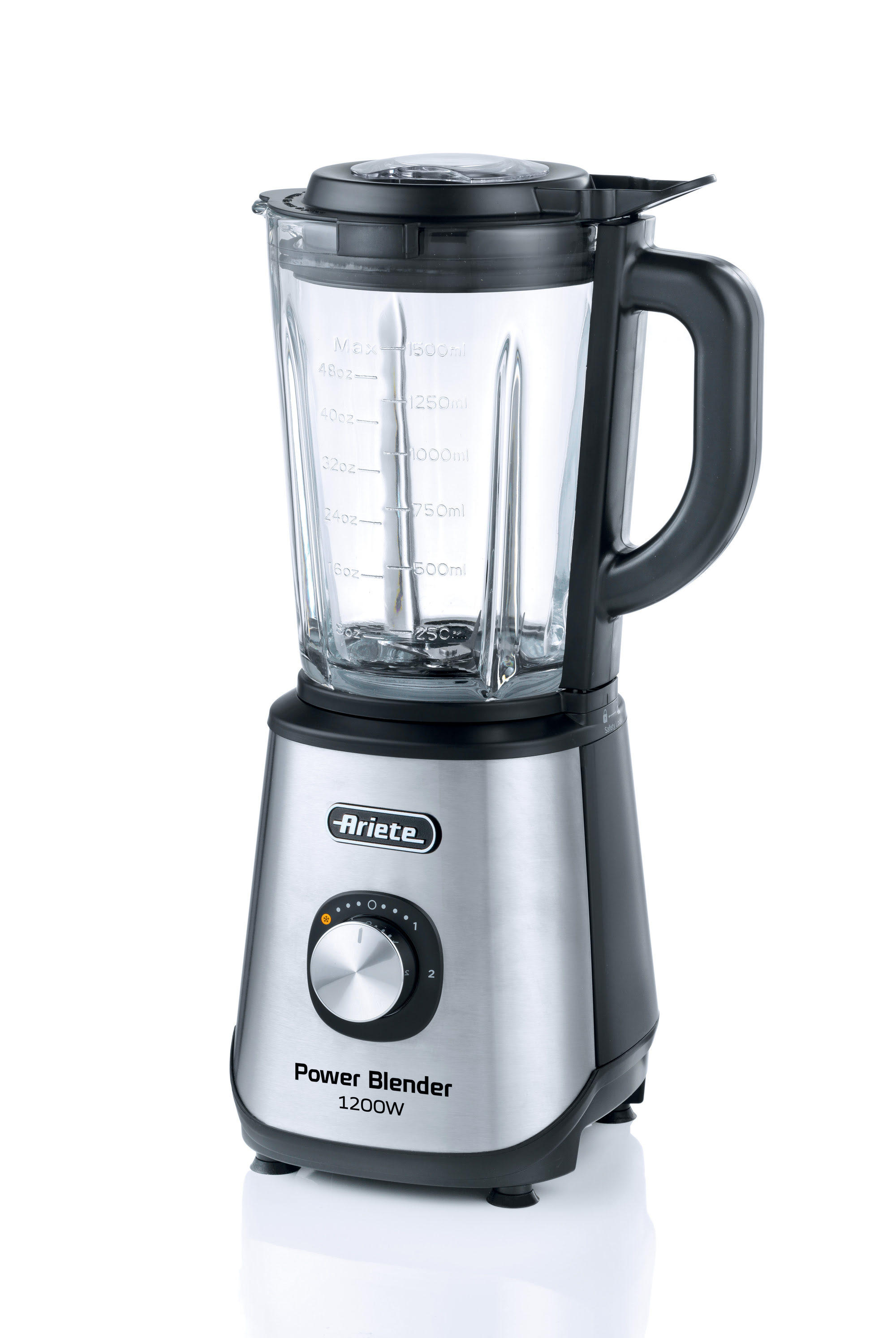
Blender for Animation and VFX
Blender is an all-encompassing tool, providing a broad suite of features for animation and VFX, catering to various aspects of film-making, video production, and media creation. Its open-source nature and extensive capabilities make it an industry favorite for modeling, animation, rendering, and visual effects.
Key Features and Benefits
- Compositing: Blender\"s built-in compositor supports an extensive library of nodes for camera effects, color grading, vignettes, full compositing with images and video files, and more, facilitating post-production within the software itself.
- Animation Tools: Robust keyframe animation, rigging, and a variety of animation techniques bring models to life with realistic movement and behaviors.
- Simulation and Dynamics: Physics-based simulations for cloth, fluids, smoke, and rigid bodies are available, offering dynamic interactions and effects for enhanced realism in VFX scenes.
- Camera and Object Tracking: Production-ready camera and object tracking integrate raw footage with 3D scenes, ensuring accurate alignment and perspective between CGI elements and live-action footage.
Techniques and Tips for Mastering VFX with Blender
- Start with mastering Blender\"s interface, navigation, and the basics of 3D modeling, animation, and rendering.
- Explore the Node Editor for advanced compositing, effects, and custom shaders.
- Utilize camera tracking for seamless integration of CGI in live-action footage.
- Leverage particle systems and physics simulations to create realistic fire, smoke, fluids, and other dynamic effects.
- Experiment with lighting and shading to ensure a seamless blend of CG and live-action elements.
- Optimize renders by adjusting settings, using render layers, and applying denoising techniques to balance quality and rendering time.
Learning Resources and Community
Blender boasts a vibrant community and a plethora of learning resources. Tutorials by Blender Guru offer insights into specific VFX techniques like camera mapping, logo animation, and creating camera shake. HQ VFX provides a platform for developers to contribute and enhance Blender\"s functionalities, highlighting its open-source community spirit.

_HOOK_
READ MORE:
Future Developments and Roadmap of Blender
Blender continues to evolve, pushing the boundaries of 3D creation with its future developments and roadmap. The forthcoming innovations and updates aim to enhance the software\"s functionality, performance, and user experience.
Upcoming Features and Enhancements
- Extensions Platform: An official community-moderated website for sharing and discovering add-ons, themes, and asset libraries is in the works, enhancing the accessibility and diversity of Blender resources.
- GPU-based Compositor: A new backend is being developed, utilizing GPU acceleration for real-time interaction, ensuring faster and more efficient compositing processes.
- EEVEE Next: The real-time rendering engine EEVEE is undergoing a massive refactor, aiming to integrate the latest hardware innovations and techniques for an improved rendering experience.
- Grease Pencil 3.0: A full rewrite of Grease Pencil is on the horizon, promising increased performance, new features like Geometry Nodes support, and laying a strong foundation for future developments.
- Brush Assets: Enhanced support for brushes in painting and sculpting is being introduced, making it easier to use, create, and share brush assets.
Long-term Projects and Innovations
- AR/VR Integration: Improvements in real-time stereo viewport, VR controller support, and potential AR capabilities are expected to enrich the immersive experience in Blender.
- Everything Nodes: The success of Geometry Nodes is paving the way for an expansive \"everything nodes\" system, incorporating solvers, particles, and physics simulations into a node-based framework.
- Real-time Mode: A conceptual shift to include \"time\" as a continuous element is in the pipeline, enabling real-time prototyping and design of environments and experiences.
- Production Pipelines and IO: Commitment to industry standards and further integration with USD for hybrid pipelines, ensuring Blender remains a top choice for professional pipelines.
- Animation 2025 Project: A visionary project aimed at overhauling Blender\"s animation tools, introducing a new animation data-block, a layer system, and 3D onion skinning, paving the way for more intuitive and advanced animation workflows.
As Blender continues to grow and evolve, these developments are set to elevate the capabilities and versatility of the software, ensuring it remains at the forefront of 3D creation and animation. The community\"s involvement and support play a crucial role in this journey, driving Blender towards a future full of possibilities and innovations.
Embark on a creative journey with Blender, the gateway to limitless 3D possibilities. Join a vibrant community pushing the frontiers of animation, VFX, and more, ensuring your digital artistry is only bound by imagination.










